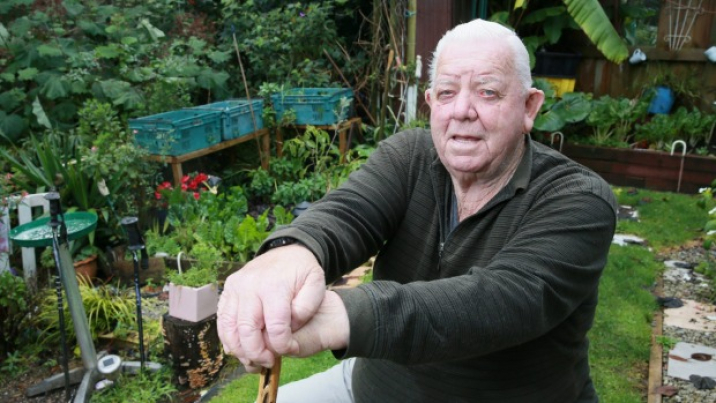Your Stories

Ron Barclay had his first major stroke when he was flying an aeroplane.
It was 6 o'clock, on a cold night, in 1983. At 81 years old, his mind was sharp but his heart was giving out.
In November, Barclay was told he had six months left to live – the valve in his heart had closed to the thickness of pencil lead and he could hardly breathe.
Waikato surgeons, however, offered Barclay a lifeline.
"I don't know if you can call it a lifeline, but they offered hope," he said.
Barclay did not qualify for open-heart surgery because of his age and other health ailments. Neither did he qualify for public funding.
"It was an emotional time. I thought, 'Where the hell do we go from here?'" Barclay said.
"We wondered what we could do, and one of the surgeons said, well, I wonder if we could get this gentleman on this experimental programme?
"So we had to make a decision, die on the operating table or die in six months' time."
The experimental surgery offered to Barclay was one of the first of its kind to be performed in New Zealand. The type of valve used in the surgery had been used on only one other patient.
The surgery works by inserting a wire through a small cut in the groin area. The wire has a balloon with a stent around it, the stent inflates and delivers a hand-sewn Hydra valve, made in Germany, to replace the old valve.
Barclay had his surgery on January 20, and was up and about the next day.
The surgery was performed in Hamilton, under the lead of Waikato cardiologist Rajesh Nair.
"I woke up and to my right was this beautiful apparition. It was [Dr] Raj," Barclay said.
"It was incredible, there was no pain and one of the first things I did was take a huge gasp of breath! For more than two years, it was short, sharp breaths. I was [panting], I couldn't breathe properly at all."
Barclay said without the help of sponsors, including the Heart Trust, he would still be struggling to breathe.
The trust works in partnership with hospitals and district health boards, providing up-to-date technology and services faster than the DHB can afford through normal funding channels.
Among the trust's past projects was the purchase of equipment that allows the cardiac ward to perform twice the number of bypass surgeries in a week.
The trust went through a recent re-brand. Chairman Geoff McDonald said it was essential to generate money to further strengthen Waikato Hospital's position as leaders in cardiac development.
The re-brand was also a chance for the trust to differentiate itself from other heart organisations.
Barclay said, although his surgery was experimental, he never had "second thoughts about going through with it".
He can now get out to tend his garden and looks forward to spending Christmas with his grandchildren and great-grandchildren.
"[The surgeons] did a wonderful job," Barclay said.
"I'm going to be upfront, I was scared at first. But I saw the confidence of the surgeons and the confidence in their voice so I went for it.
"They've given me extra time and I will be forever grateful to the team."
This story was originally published by Fairfax Media

